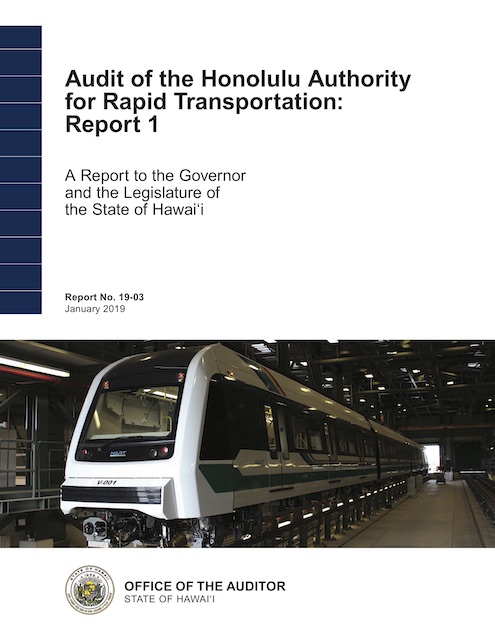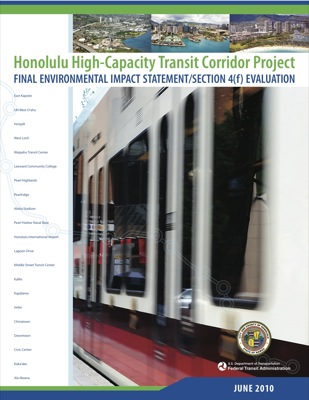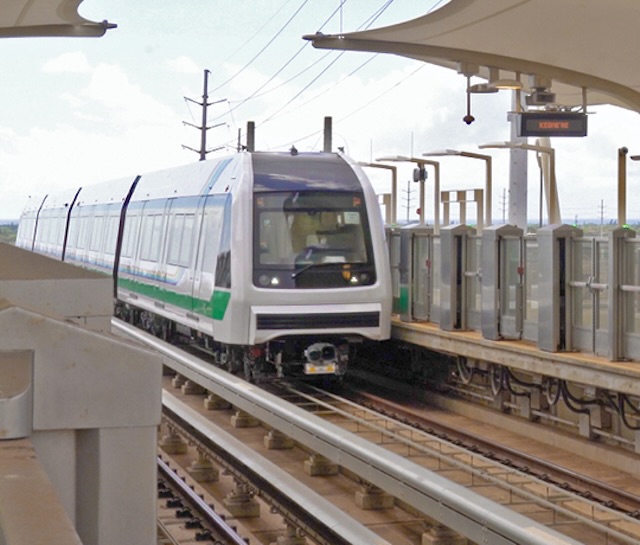Internal emails reveal that Federal Transit Administration officials were skeptical of Honolulu’s plan to spend $5.3 billion on a 20-mile rail transit line. City voters approved this line only after an expensive and hard-fought campaign. One FTA email accused the city of Honolulu of “lousy practices of public manipulation” and argued that the FTA should not only avoid being associated with it, it should “call them on it.”
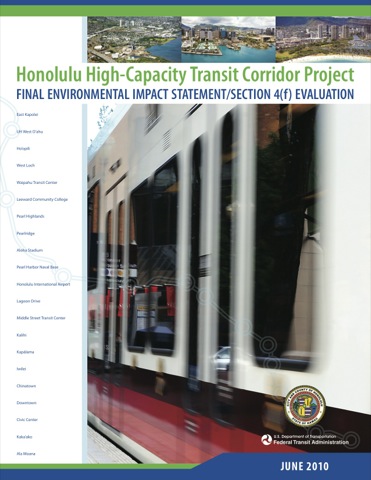
This and other documents were turned over to plaintiffs in a lawsuit arguing that the city’s environmental impact statement (EIS) failed to consider a full range of alternatives. In a 2006 comment on the city’s plans to write the EIS, FTA staffer James Ryan noted, “We seem to be proceeding in the hallowed tradition of Honolulu rapid transit studies: never enough time to do it right, but lots of time to do it over.” Another FTA official, Joseph Ossi, replied, “This isn’t an FTA issue. Let the city deal with it. They have produced 3 failed projects and are well on their way to a fourth, so why is FTA wasting time on the City’s problems?”
“This is different,” a third FTA staffer, Raymond Sukys, answered. “This time [thanks to a tax increase] they have a huge cash flow which will build something. It seems likely that we will get involved in litigation again especially since we have an erroneous NOI out there. I do not think the FTA should be associated with their lousy practices of public manipulation and we should call them on it.” The “NOI” is the “notice of intent” to prepare an environmental impact statement, and Sukys apparently thought Honolulu’s NOI was insufficient because it failed to identify a full range of alternatives.
Continue reading →

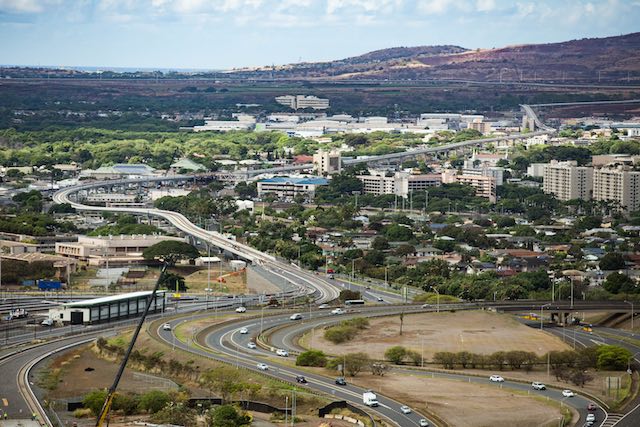
 Wheels that are too narrow will slip off tracks at joints like these, known as “frogs.”
Wheels that are too narrow will slip off tracks at joints like these, known as “frogs.” 